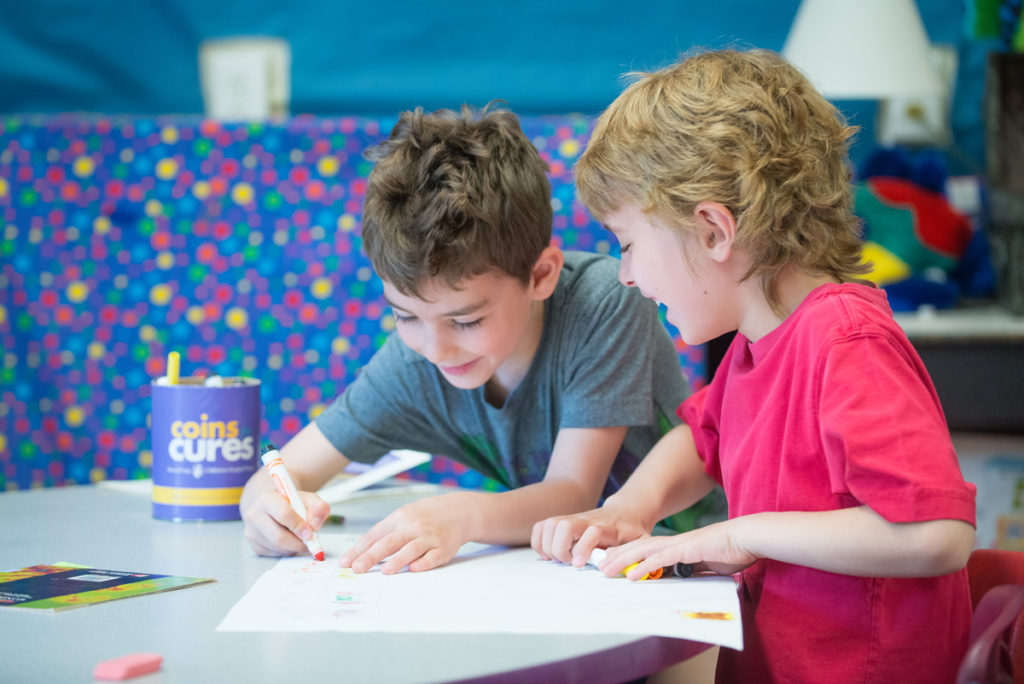As a kid, I was fascinated by magnets: the force they exert, the way they could push and pull through tables, windows, and papers . . . sometimes without even touching! Now as an adult and a teacher, I’ve been thinking about those pairs of students I’ve taught whose attraction to each other seems almost magnetic—as if they are drawn to each other by an invisible force.
I had a pair like this in my first grade class recently: no matter how I crafted the room arrangement or partner pairings, it was never enough to keep them apart and focused on their own tasks. I would look up to see these two whispering fiercely in the farthest part of the room, papers abandoned on their desks or haphazardly thrown into the finished workbasket. Their need to be together was obvious. So how could I channel it and make it a positive force for our classroom community?
Here are a few strategies I tried. I hope they work for you, too!
- Provide times for “magnets” to be together, on purpose. Childhood friendships are often built on things we may not understand as adults, so don’t fight it. Channel it. Give your magnets tasks they can complete together as they chat. Or let them read together during partner reads, but be strategic about where they sit so you can be there to provide support as needed.
- Emphasize strengthening other friendships, too. If one magnet is drawn to a certain trait or interest in the other student, help him see that other classmates share those qualities as well. “Did you know that Sammy likes ninjas, just like Edward? You should ask to see the drawings in his journal. They are amazing!”
- Explain to both children exactly when they will have to take a break from each other. In the instance above, the two friends’ academic proficiency differed dramatically, so they were always separated for reading groups and math lessons. I made sure they understood that at those times they would have different tasks to complete and would be expected to focus on their own learning. I also gave them something to look forward to: a “friend chat” became part of our routine for the end of intense work periods. For instance, a brief, brisk “walk and talk” around the courtyard after reading groups gave all students a chance to socialize and stretch and the magnets a chance to get together and talk about what they’d been doing.
- Use teacher language and positive discipline strategically. For example, when my magnets were partners for an activity, I tried to start them off with a proactive reminder that being partners was a privilege and an opportunity for them to show others in our class how friends help each other learn. If they required redirection once they started working, I tried to speak to them as individuals rather than as a pair, and to tailor what I said according to each child’s needs. For instance, in the case of my magnets, a quiet “Finish your work” was usually an effective way to get the stronger student back on task, while the other often needed more support. To him I’d say “You look stuck. Can I help you with this?”
Using these strategies made the year go better, not just for me and the two best friends, but for the whole class. I was proud to help shape this magnetic friendship into a positive force, and I think they were able to carry what they learned into the following school year. Have you ever had an experience like this? I would love to hear other teachers’ ideas!
Suzanne Wright is a Responsive Classroom consulting teacher in Sarasota, Florida.
